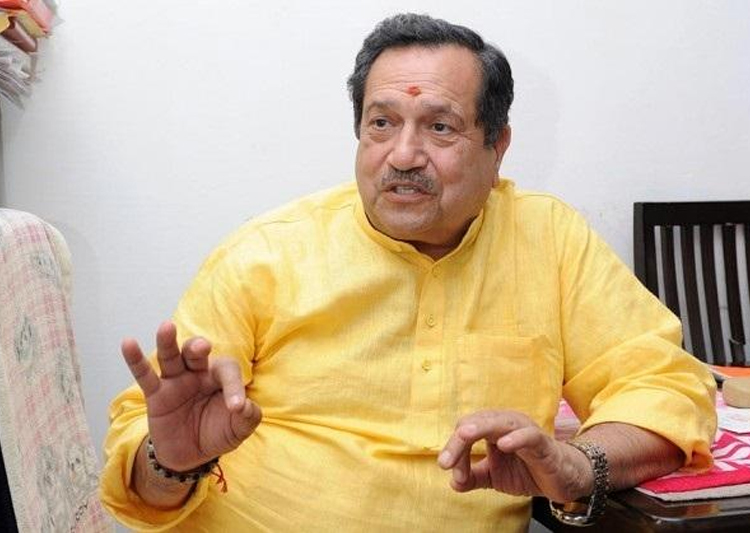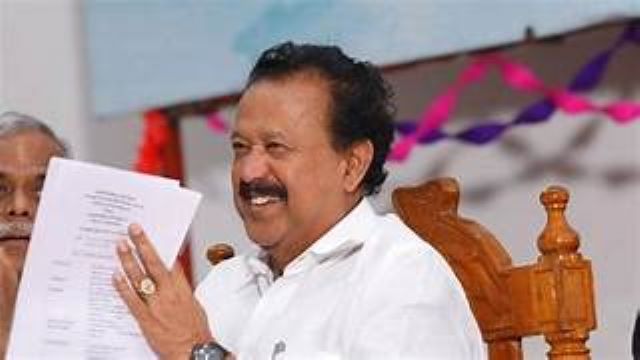New Delhi: India is expected to clock a GDP growth of 6.9-7.2 percent in the current financial year on the back of improving economic fundamentals, Deloitte India said in an update to its quarterly outlook.
As per the first advance estimates of national income released by the National Statistical Office (NSO), the Indian economy is estimated to grow by 7.3 percent in the 2023-24 fiscal, against 7.2 percent a year ago, mainly due to a good show by mining & quarrying, manufacturing and certain segments of services sectors.
Deloitte India’s recent economic outlook report said an underlying momentum is building up in the Indian economy, as seen in the improving economic fundamentals.
It said India’s current account deficit (CAD) was at 1.9 percent of GDP in 2022-23 and is expected to be further lower in 2023-24.
Further, foreign exchange reserves remain at a comfortable level of Rs 568 billion which is equivalent to over 10 months of import cover.
At present inflation stands at 5 percent which is albeit high as per the Reserve Bank of India’s target range, but much lower than what it used to be a decade back, it added.
“Improving economic fundamentals have buoyed our outlook and we expect India to grow between 6.9 per cent and 7.2 percent over FY2023-24 in our baseline scenario, followed by 6.4 percent and 6.7 percent over the next year.
“And, while the global economic scenario remains modest and will impact the Indian economy, the country will be able to navigate uncertainties better than the rest of the world,” said Rumki Majumdar, Economist, Deloitte India.
However, she remains concerned about persisting inflation which recently moved back to 5.6 per cent after showing signs of easing in the previous month.
“High inflation is expected to persist till H2 FY2024, due to high food and volatile oil prices and will soften thereafter,” opined Majumdar.
Referring to India’s 10-year growth story, Deloitte said India has emphasized on building of new know-how and capabilities that have had strategic implications on how businesses, industries, governments, and citizens interact with each other and come together to make complex products, services, and solutions.
Over the past 10 years, India has diversified its export basket and moved towards higher value-added products. As a result, the proportion of engineering goods, pharmaceuticals, and electronics goods in total exports increased, while traditional baskets’ share fell, it said.
Majumdar said digitization, high-end manufacturing capacity addition, and improved competitiveness through exports formed the three pillars of India’s decade-long vision and the country is witnessing the outcomes translating into sustainable growth.
However, India will have to be more competitive and further scale up commoditized products by taking advantage of its large domestic market, she said.





